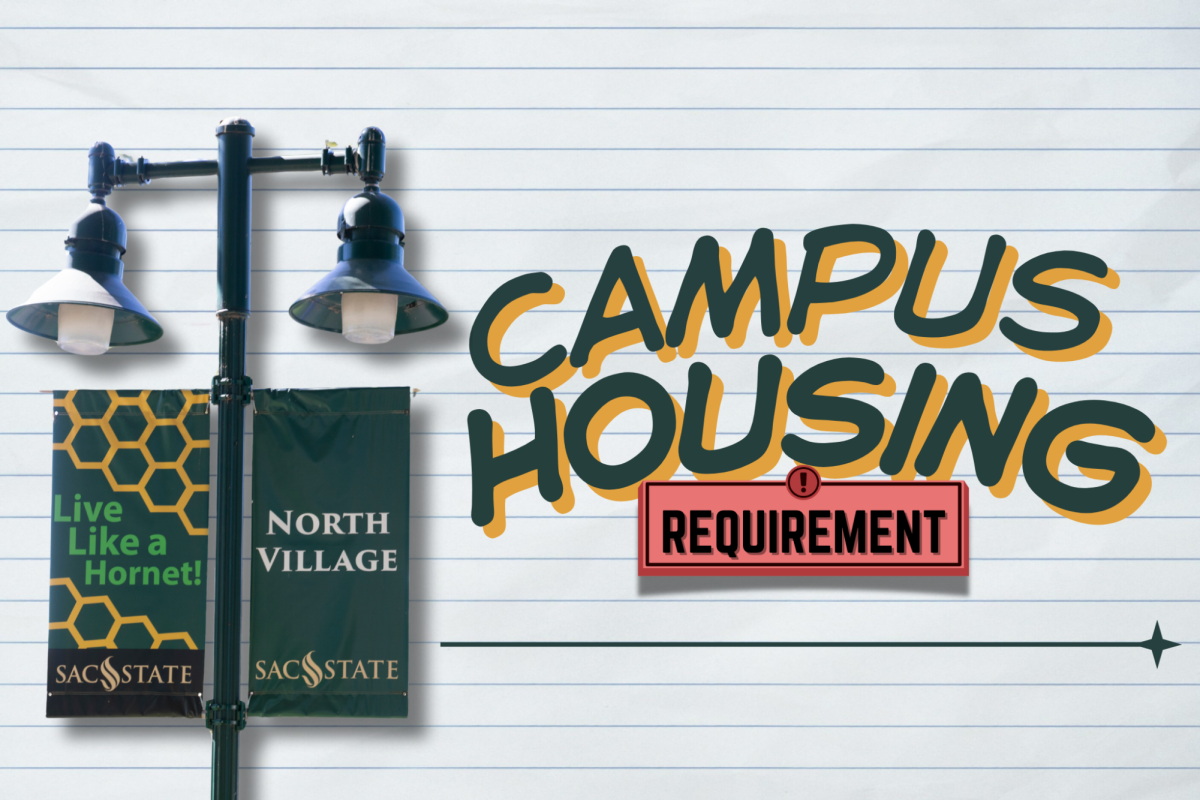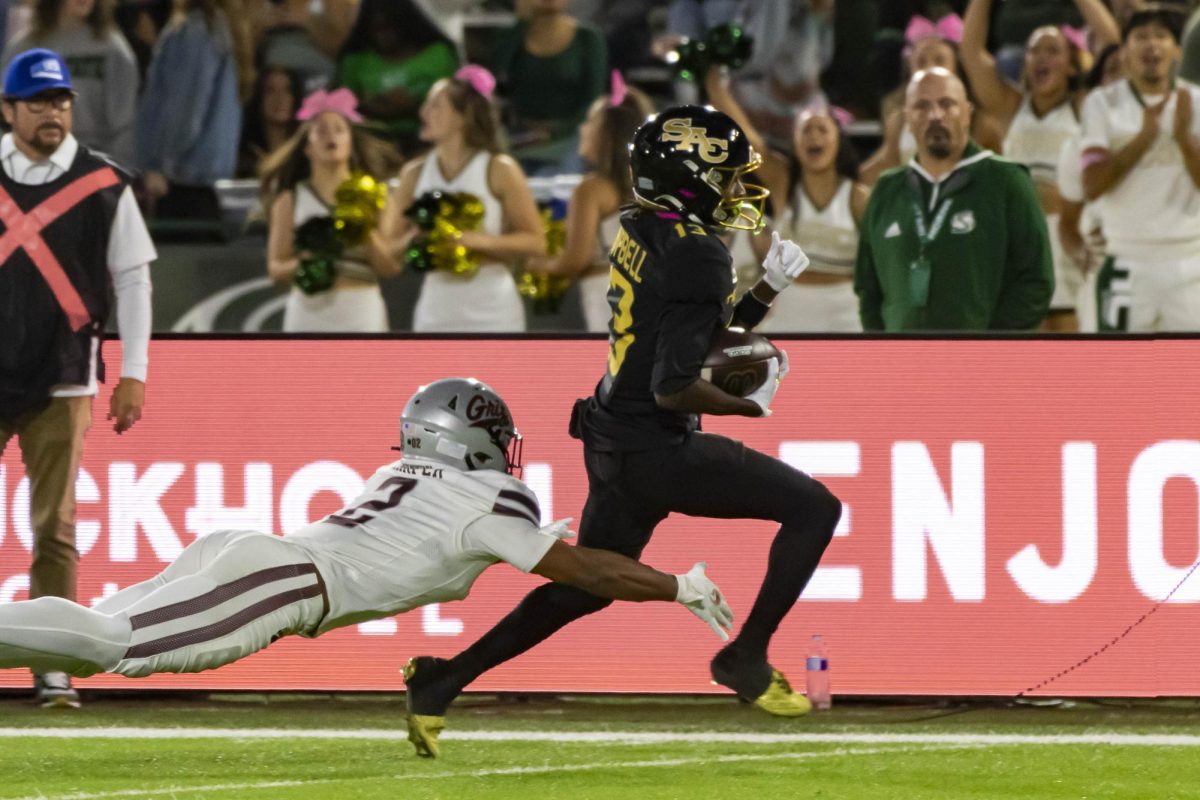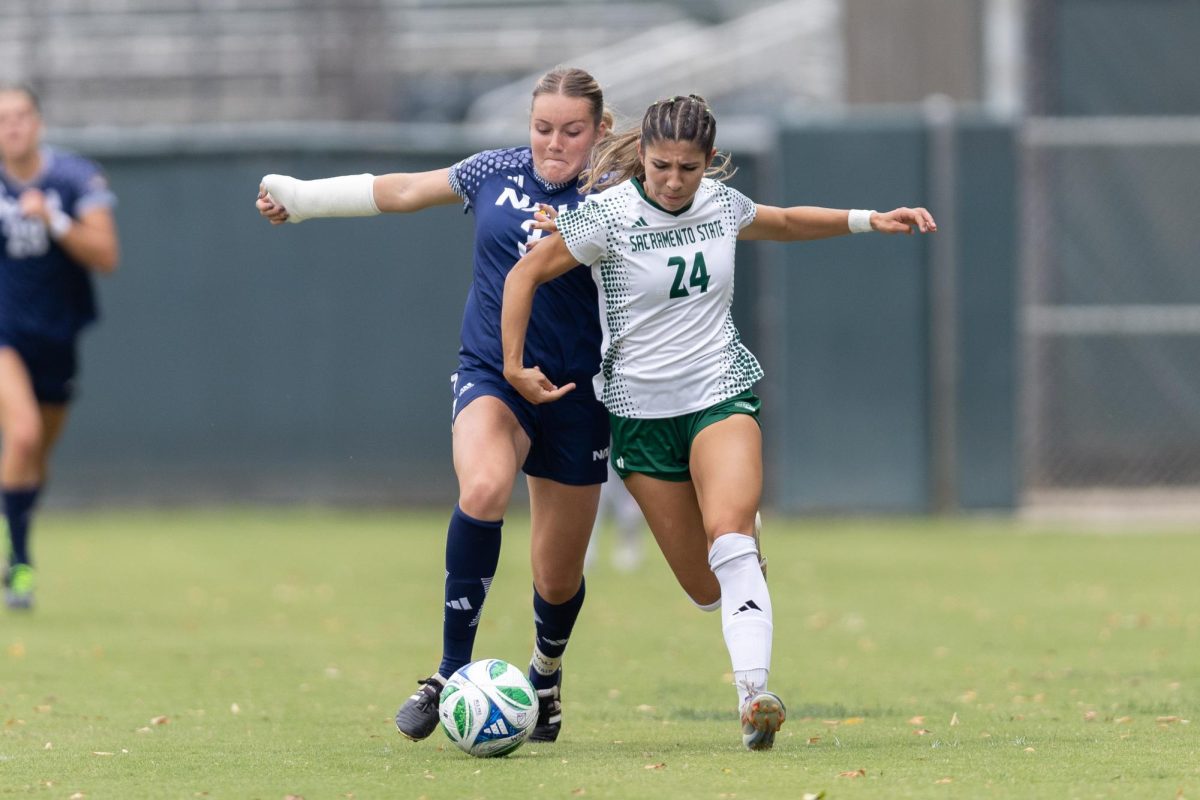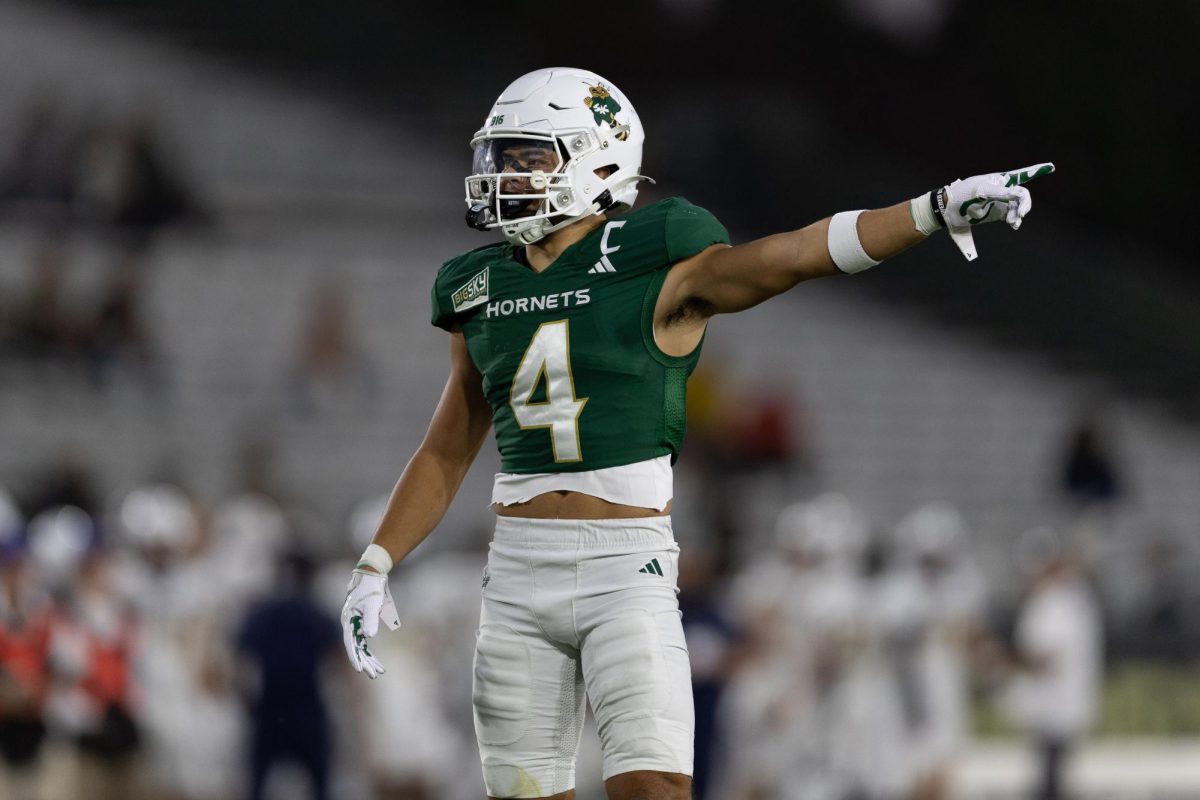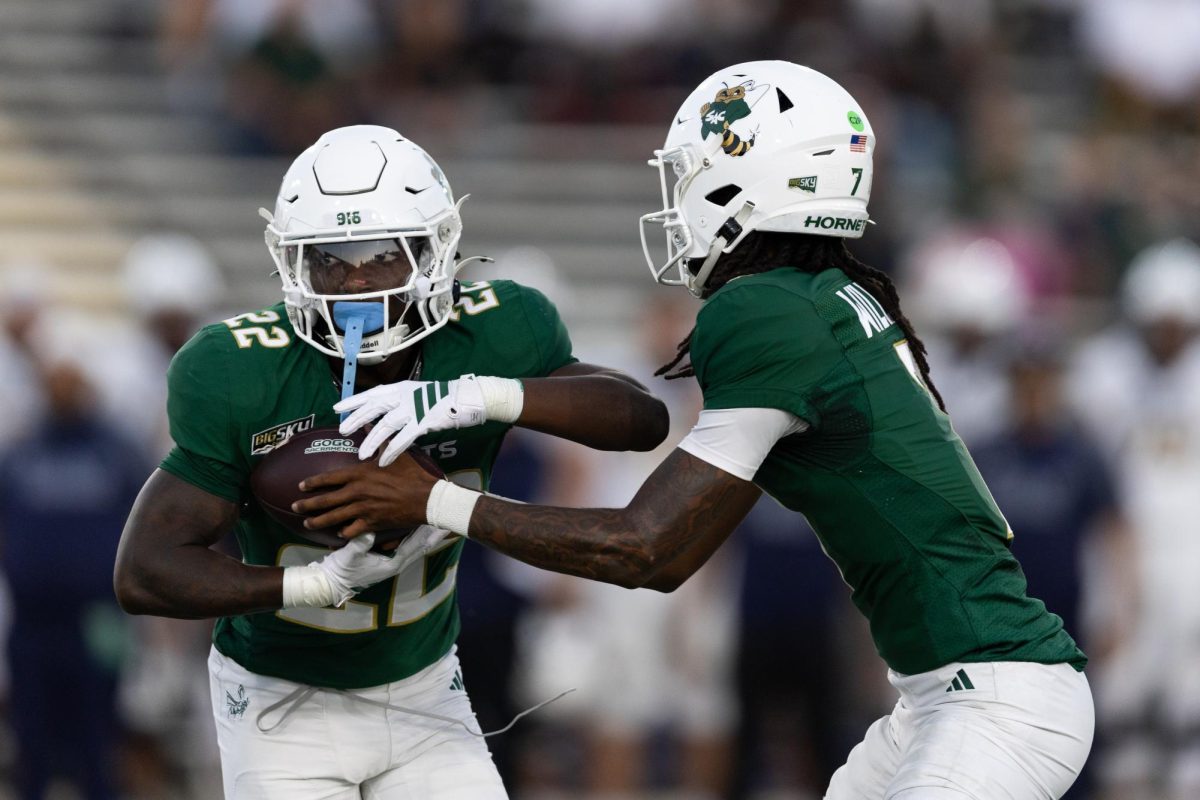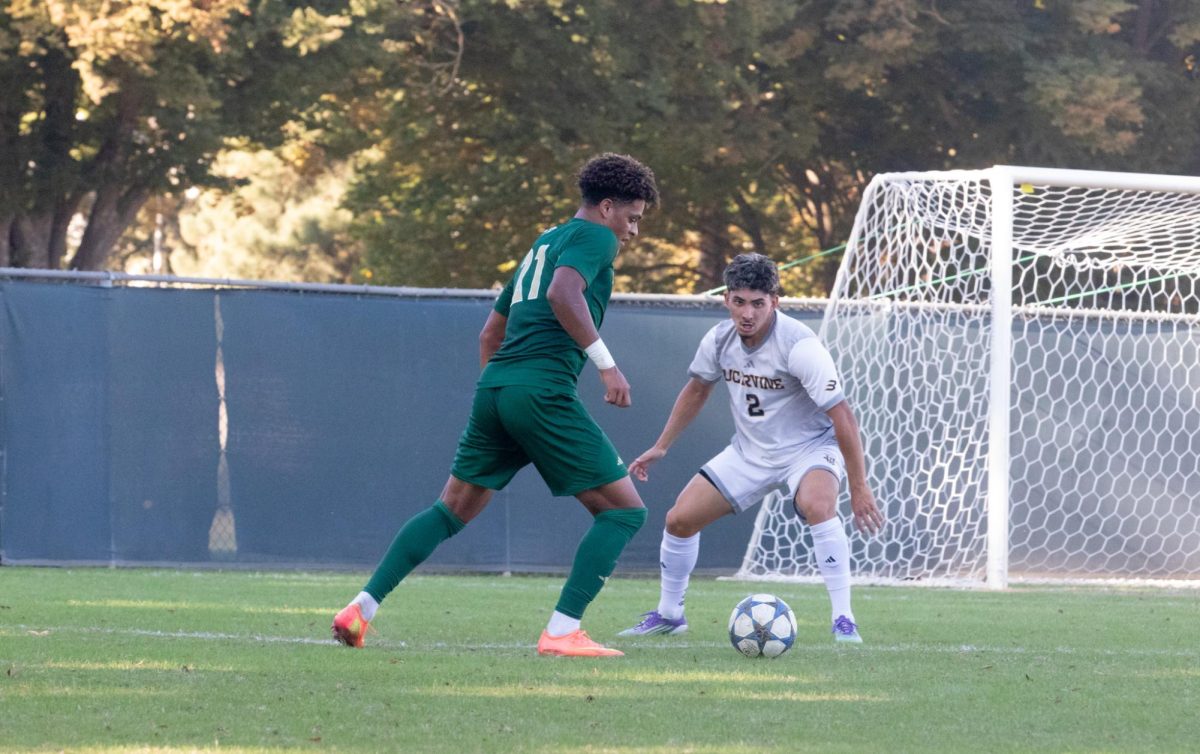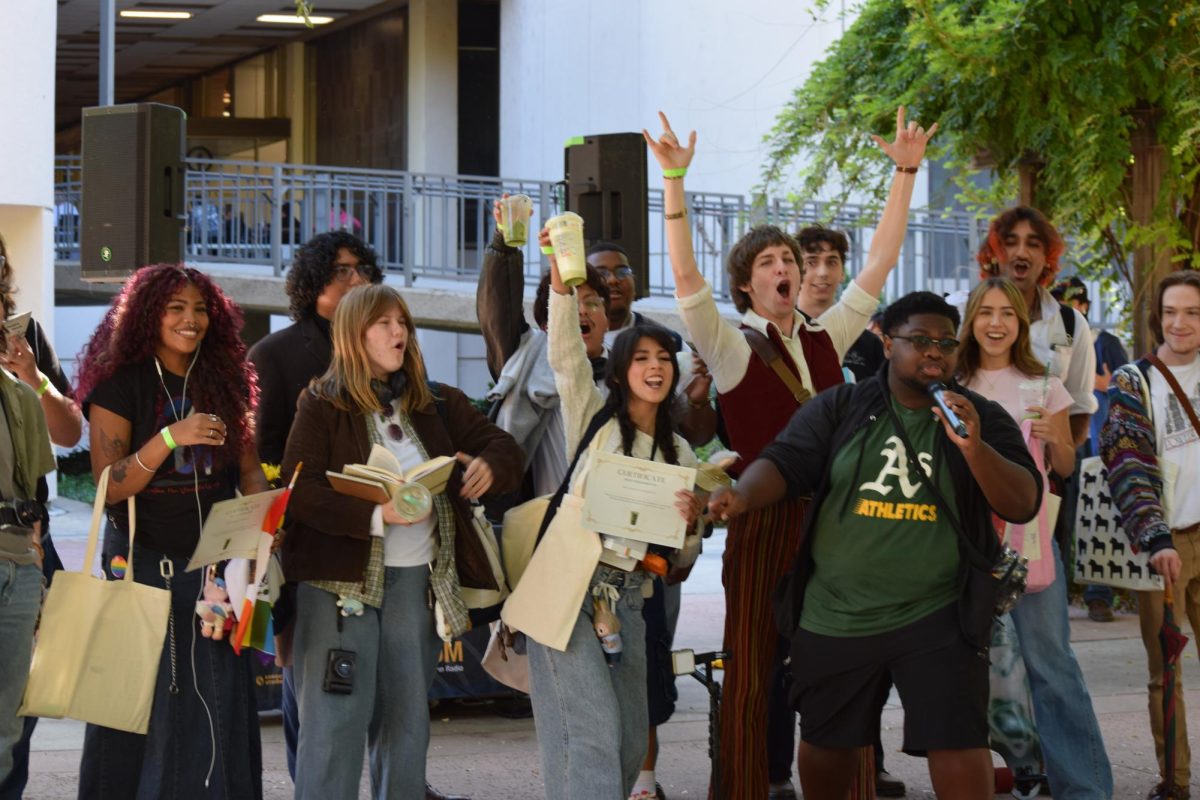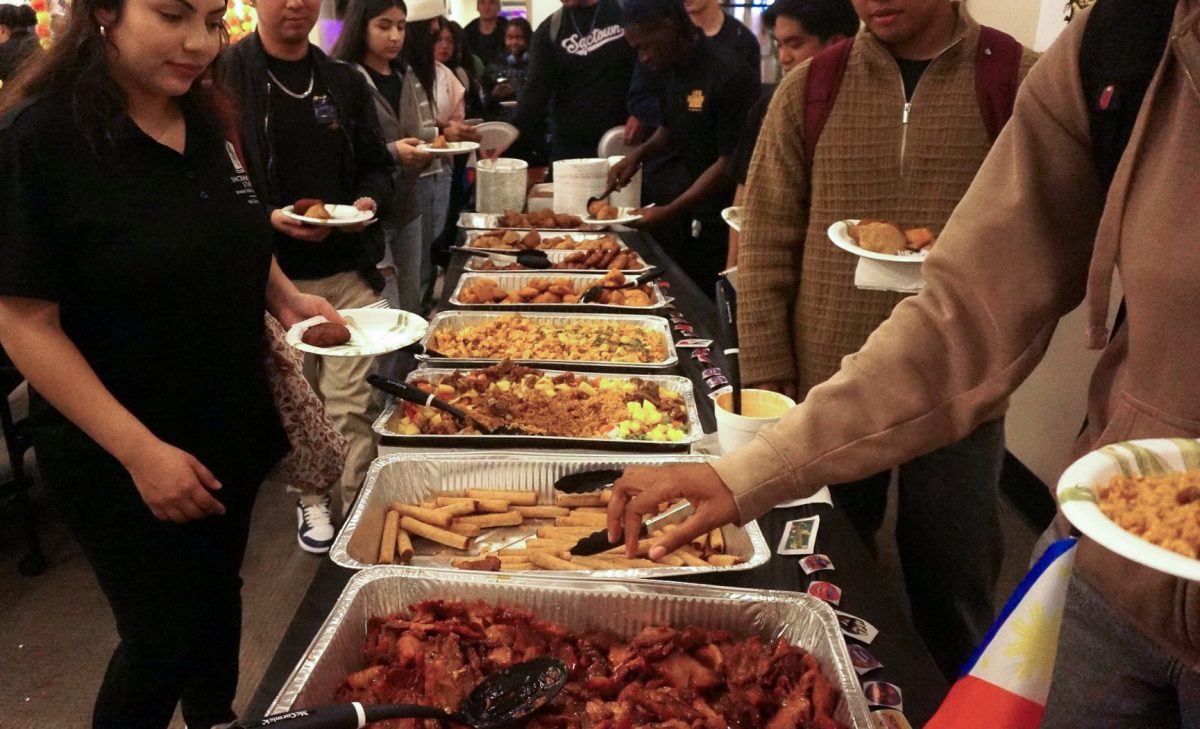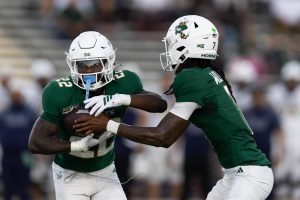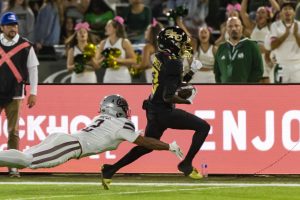Sport clubs another option for students
September 17, 2009
Sport clubs sometimes get put on the back burner on campus due to all the hype of mainstream NCAA-regulated sports. Nevertheless, many feel that sport clubs can be just as competitive and demanding as a sport that is recognized by the NCAA.
Many of the teams on campus, including hockey, rugby and men’s rowing, are classified as sports clubs. They are not NCAA-sanctioned sports at Sac State, even though these teams compete against teams from other universities.
These teams are not sanctioned by the NCAA because of Title IX.
Title IX, which was passed by Congress in 1972, gave women the opportunity to not only have equal access to certain sports, but also paved the way for creating more female sport programs.
With the athletic department’s responsibilities of enforcing Title IX, sport clubs are affected, especially in a struggling economy.
There must be an equal amount of funding offered for male and female sports. If a sport cannot financially match another sport to give a balanced opportunity to both genders it will lose its ties with the NCAA.
For instance, the Sac State football team has a lot of expenses, generates a lot of revenue and has a massive amount of followers and participants. To compensate, there must be a women’s sport given an equal amount of funding. The women’s rowing team, a former sport club, was promoted to an NCAA-regulated sport for that reason.
Students who participate in sport clubs put in a lot of time, effort and money to be part of a successful club team. Many feel the commitment is comparable to that of an NCAA-regulated team sport.
Sport Club Coordinator Richard Clakeley loosely defined sport clubs as student-run activities that allow room for anyone to learn a sport.
He believes digging deeper into the meaning of sport clubs brings a whole different outlook to what sports do for students.
“(Sport clubs) develop student leaders. You are running a small business. Within it you are building teamwork, marketing, budgeting and gaining better social skills. These are all different types of skills that can be used in the real world. Club sports are like laboratories. You experiment, make mistakes and learn from them. If I can help students develop these skills, they are going to be better people for it,” Clakeley said.
Gokalp Gurer, criminal justice major and the hockey sport club goalie at Sac State, believes that everyone has the right to play any sport, and he encourages people to play a sport club.
Gurer feels that anyone who plays in a sport club can be as good as a student-athlete who has a scholarship to play a sport regulated by the NCAA.
“Playing a club sport doesn’t affect us negatively at all. I know a lot of people who can play just as well as people who play in Division I NCAA sports. Some people play even better. I’ve seen some talented people and they can hang with them,” Gurer said.
As a goalie, Gurer said that he spends about $425 on equipment. His teammates pay around $850 because they need a lot more equipment. It is up to the club to raise money and find sponsors to keep the sport going.
Despite the cost, Gurer and his team enjoy club hockey and its benefits.
“The reason we prefer club hockey over a NCAA sport is that we can still have our lives. NCAA sports practice two or three times more than we do, which doesn’t leave that much time for other things. However, there is no doubt that we are just as competitive. It is commonly mistaken that because we are a club, we don’t take it seriously. We are a very competitive team,” Gurer said.
Sophomore humanities major Anna Schoener, right-side hitter for the Hornets’ volleyball team, shares the reality of being a NCAA athlete. She must be fully committed. In sport clubs, the athletes create their practice schedule. NCAA athletes are required to practice 20 hours per week.
“Over the summer, we are given workout books to guide us when working out four days a week. Once August begins, we start double days, which mean a three-hour practice in the morning and a three-hour practice at night. When preseason begins, we continue our workout schedule and have tournaments on the weekends. When the regular season starts, practices die down to two and a half hours Monday through Thursday. It is difficult to be a student-athlete, but I’m so used to the routine by now. I wouldn’t know what else to do with my time,” she said.
Terry Wanless, Sac State’s director of athletics, described just how Title IX works, and how the school’s funding determines which sports are assigned as an NCAA sport and which sports must be designated as a sport club.
“Title IX is the greatest thing that could have happened for athletic programs. With this great concept come some unfortunates. Because of the increase in women’s sports, it means a decrease in the amount of male sports that can be funded. Due to the economy now, it all comes down to funds,” he said.
Britney Rossman can be reached at [email protected]



